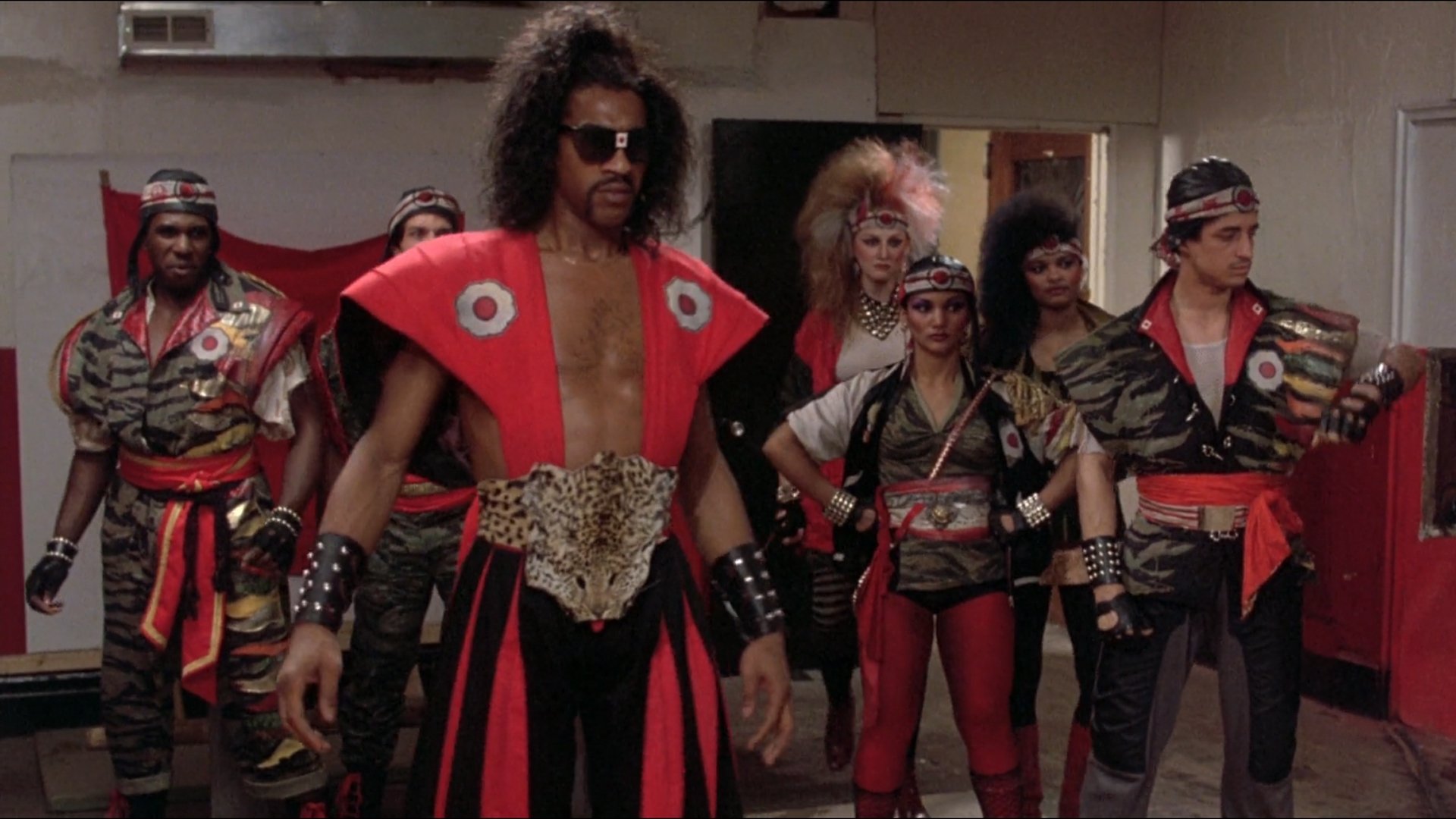

While the setting may be a fictionalized world inspired by Southeast Asian cultures, Raya‘s premise is classic Hollywood: Raya suffers a familial tragedy and then must set out on her own quest to save the world. Raya and the Last Dragon is still very much an American story. The world of Raya and the Last Dragon is both teeming and accessible at the same time, suggestive of a richness and depth that welcomes rather than makes exotic. It’s a Disney-fied version of the Banana Pancake Trail more than a specific cultural vision, but that doesn’t totally undercut the excitement the fresh Disney Princess setting infuses into its narrative. A trip to Talon reveals a merchant town seemingly in perpetual night market mode. Visually, Raya’s Heart homeland looks like Cambodia’s Angkor Wat, a vestige of the mighty Khmer empire. The filmmakers traveled throughout Southeast Asia to do research for the film, and it shows. Pushing back against the false binary of the “civilized” city and the indigenous wilderness of other Disney Princess movies, the world of Raya is both urban and organic. The societies of Kumandra are different from both the European castles of Beauty and the Beast or Frozen, and the more rural aesthetic of Pocahontas or Moana. We are told that this story takes place long ago, but Raya’s vibrant world is already well-lived in when we come to it. When the Dragon Gem is broken and the Druun return, Raya sets out to find the mythical last dragon, Sisu, and to fix the world. Raya lives in Heart, where her family has tasked itself with guarding the Dragon Gem, the MacGuffin that the last dragon used to save the world a half-millennia prior. Dragons sacrificed themselves to save humanity, but fear and paranoia tore Kumandra apart into five distinct lands, each named after a different part of the dragon: Heart, Tail, Spine, Talon, and Fang. Five hundred years before the start of our story, monsters known as the Druun came to Kumandra, turning both people and dragons to stone.

Raya lives in a fictional land once known as Kumandra, a place where humans and dragons co-existed in harmony. In doing so, it gives us the best, post- Renaissance “Disney Princess” story yet. Raya and the Last Dragon, which will be in theaters and available via Disney+ Premier Access on March 5, makes headway from both the thematic surplus of Frozen and the cultural appropriation of Moana.
Moana, which features Disney’s first Polynesian heroine, makes great strides in giving viewers a more authentic representation of a non-European culture, but still makes some classic colonialist mistakes-blindspots that will always surface when the chief creative forces behind a film are appropriating a culture or cultures they are paid to understand-that keep its fresh setting from truly shining.ĭisney is working to tell more modern stories not because it is good for our culture and world (though individuals involved in the production of Disney films might be motivated by this value), but because there is money to be made in telling new stories that give us fresh, feminist takes on the many cultures that influence the melting pot (or salad bowl) that is modern America and the territories of the larger global box office. Meanwhile Walt Disney Animation Studios has attempted to complicate and modernize the Disney Princess template in interesting ways, but they’ve never quite nailed it narratively.įrozen was a step in the right direction with its emphasis on sisterly love, but it couldn’t resist shoehorning a thematically superfluous romance into its plot with the Kristoff character. Rigidly faithful live-action adaptations of the animated classics that millennials grew up with are now recognized for their narrow romantic messaging, and the often racist, colonialist world-building that’s used to prop up this type of storytelling. And much of that brand still relies on the studio’s signature Disney Princess movies, which have not had as seamless a narrative transition into modern storytelling as many fans might have hoped. While the shuttering of Disney theme parks in the last year due to the pandemic has cost the billions-dollar conglomerate money, Disney has many, many revenue streams, and the Disney brand remains strong. Commercially, Disney’s transition into the 21st century has been a smooth one. If Raya and the Last Dragon proves anything, it’s that Disney is trying to tell a more modern “Disney Princess” story with their latest animated effort.


 0 kommentar(er)
0 kommentar(er)
